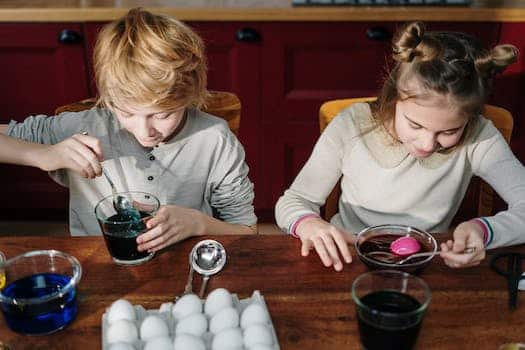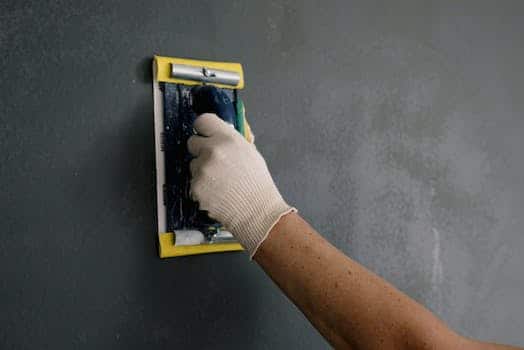Lighting controls are essential for achieving energy efficiency and creating comfortable and functional spaces. In this article, we will explore the science behind lighting controls, their benefits, and some creative DIY ideas for implementing them in your home.
The Science of Lighting Controls
Lighting controls are based on the principles of light physics and human perception. Light is measured in lumens, which is the amount of visible light emitted by a source. The human eye has different sensitivities to light at different wavelengths, which is why we perceive some colors as brighter than others.
Lighting controls use sensors and algorithms to adjust the amount and color of light in a space based on the time of day, occupancy, and user preferences. For example, daylight sensors can detect the amount of natural light in a room and dim artificial lights accordingly, while motion sensors can turn lights on and off based on occupancy.
The Benefits of Lighting Controls
Lighting controls offer several benefits, including:
- Energy savings: By using only the amount of light needed, lighting controls can reduce energy consumption and lower utility bills.
- Improved comfort: Lighting controls can create more comfortable and functional spaces by adjusting light levels and color temperature to suit user preferences and activities.
- Extended lifespan: By reducing the amount of time lights are on, lighting controls can extend the lifespan of light bulbs and reduce maintenance costs.
DIY Lighting Ideas
Here are some easy and creative DIY lighting ideas for your home:
Easy and Cheap DIY Lighting Ideas
- String lights: String lights are a versatile and affordable way to add ambient lighting to any room. You can hang them from the ceiling, drape them around furniture, or use them to highlight artwork or photos.
- LED strip lights: LED strip lights are easy to install and can be used to create a variety of lighting effects, such as under-cabinet lighting, accent lighting, and backlighting for TVs and monitors.
Creative DIY Lighting Ideas for Kids’ Rooms
- Cloud lights: Cloud lights are a fun and whimsical way to add a touch of magic to a child’s room. You can make them using cotton batting, LED lights, and a few other materials.
- Glow-in-the-dark stars: Glow-in-the-dark stars are a classic way to create a starry night sky in a child’s room. You can buy them pre-made or make your own using glow-in-the-dark paint.
Conclusion
Lighting controls are an important tool for achieving energy efficiency and creating comfortable and functional spaces. By understanding the science behind lighting controls and implementing some easy and creative DIY lighting ideas, you can transform your home into a more efficient, comfortable, and beautiful space.






These 10 innovative and imaginative DIY home decor ideas from [object Object] provide a refreshing approach to enhancing ones living…